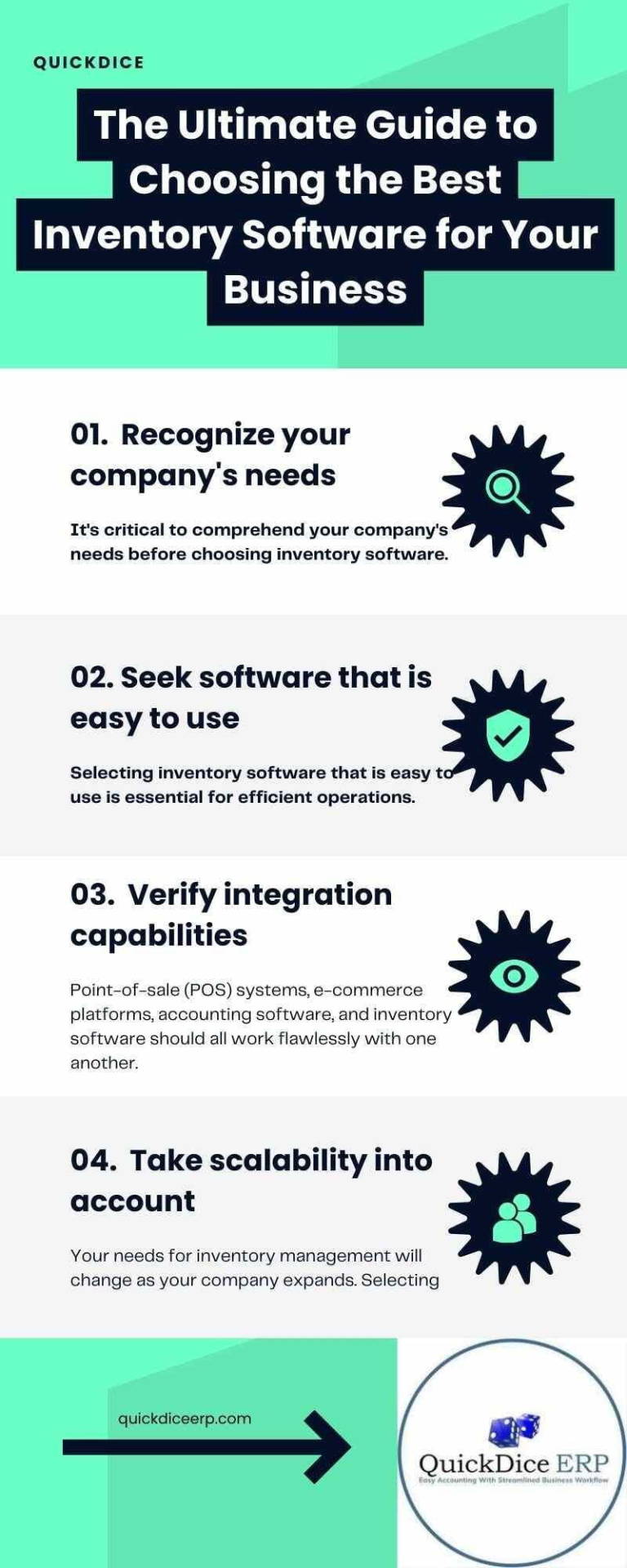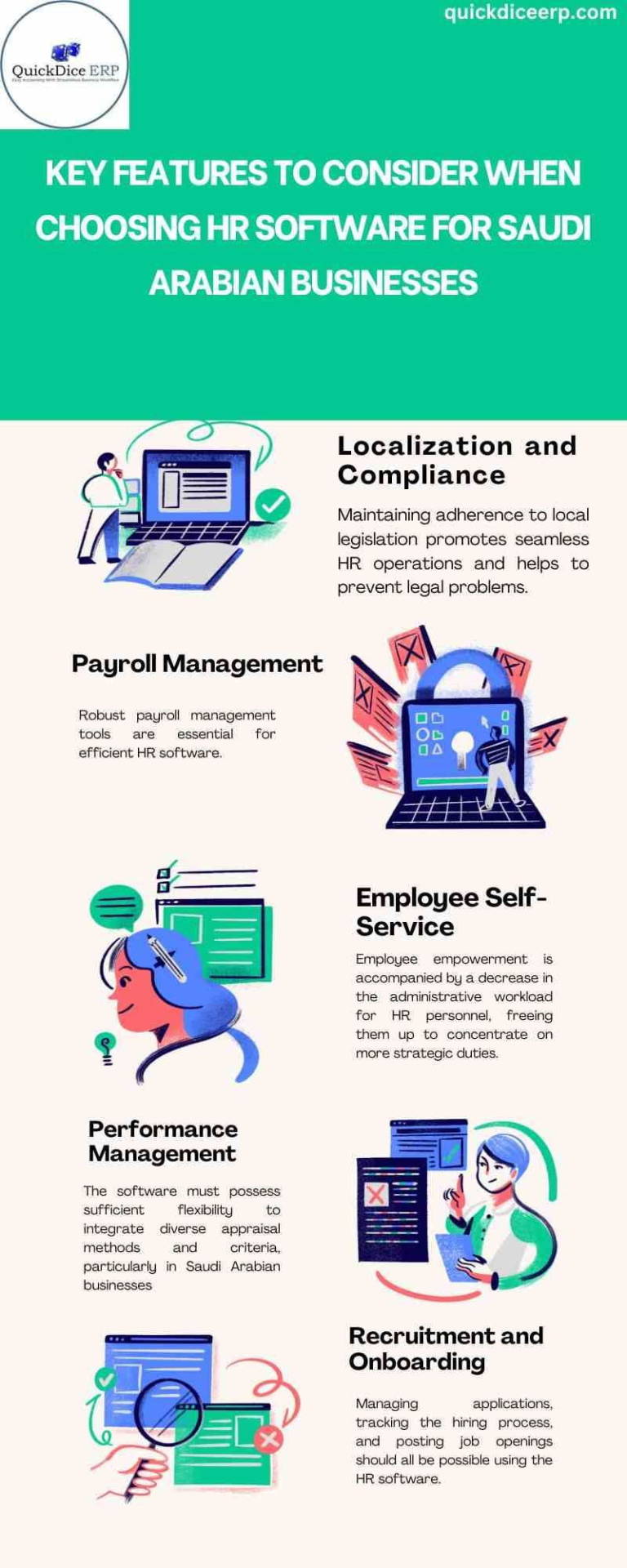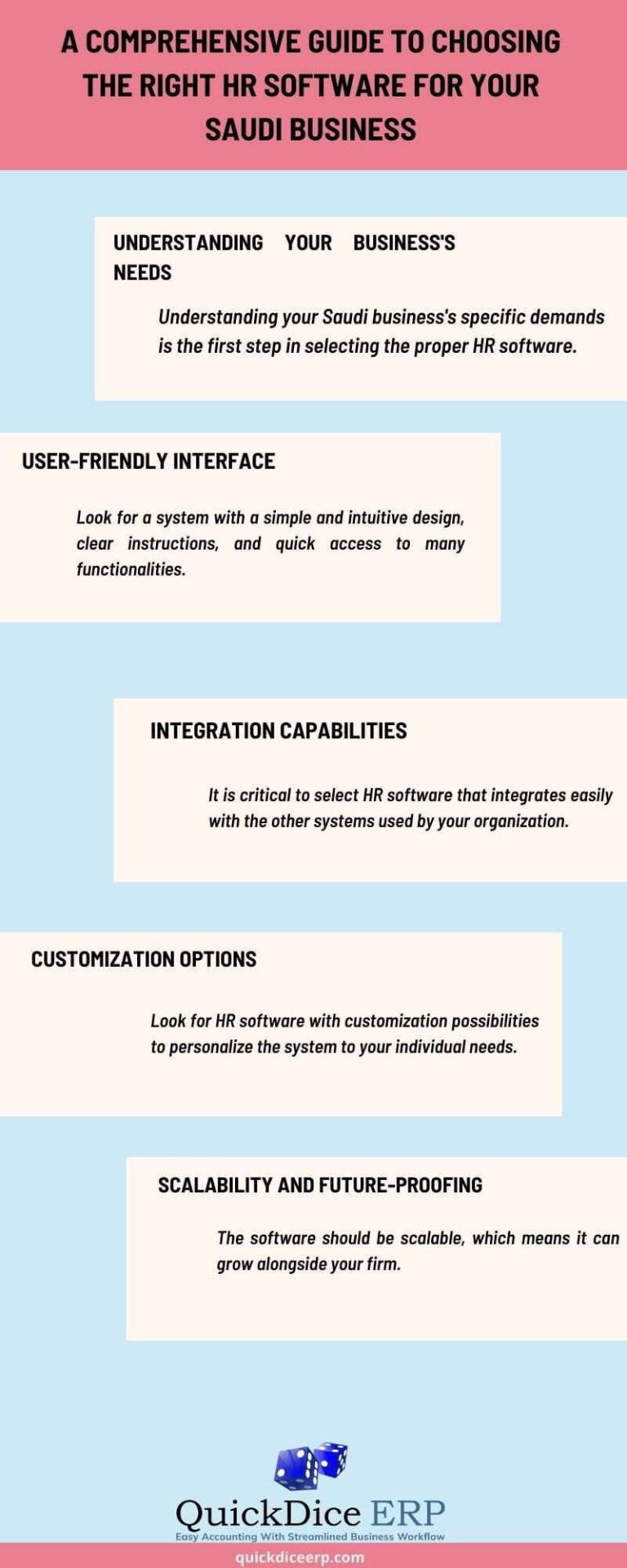Don't wanna be here? Send us removal request.
Text
The Ultimate Guide to Choosing the Best Inventory System for Your Business
Choosing the best inventory system for your business is an important decision. The right system can help you keep track of your stock, manage orders, and make sure you always have what you need on hand. A good inventory system can save you time and money, reduce mistakes, and improve your overall business operations. In today’s fast-paced business world, managing inventory manually can be challenging and prone to errors. Inventory software automates many of these tasks, making it easier to keep your business running smoothly. Whether you are a small business owner or manage a large enterprise, finding the right inventory system can make a big difference.

This guide will help you understand what to look for in the inventory system. It will cover important points like identifying your business needs, finding a user-friendly system, checking for integration capabilities, considering scalability, and evaluating cost and value. By considering these factors, you can make an informed decision and choose the best inventory system for your business. Using an inventory system can streamline your operations and help you stay organized. With the right tools, you can keep better track of your products, reduce waste, and make smarter business decisions. This guide aims to provide you with simple, clear information to help you find the perfect inventory system to meet your business needs.
Here are some ultimate guides to choosing the best inventory system for your business.

It's critical to comprehend your company's needs before choosing the inventory system. Depending on its size, industry, and modes of operation, every firm has different requirements. List the functionality you require, such as order management, stock level tracking, and report generation. Think about the amount of inventory you manage and any particular difficulties you encounter, such as managing multiple locations or seasonal variations. It is easier to reduce the number of system possibilities to those that will best support your operations when you know what you require.

Selecting inventory system that is easy to use is essential for efficient operations. Even for non-techies, the software must be simple to use and comprehend. Search for software with an easy-to-use interface, step-by-step instructions, and supportive customer service. A system that is easy to use makes learning curves shorter and mistakes less common, allowing your staff to quickly become accustomed to and make efficient use of the system. Before deciding, ask for a demo or a trial run of the software to see how user-friendly it is.

Point-of-sale (POS) systems, e-commerce platforms, accounting systems, and inventory systems should all work flawlessly with one another. Integration makes sure that all of your company's activities are interconnected and that information moves seamlessly between various platforms. This lowers the possibility of errors, eliminates the need for manual data entry, and offers a thorough understanding of your company's activities. Verify that the system you choose is compatible with both the systems you now have and any future system you may decide to install.
4. Take scalability into account:
Your needs for inventory management will change as your company expands. Selecting an inventory system that grows with your company is crucial. Scalability is the ability of the program to accommodate growing numbers of users, locations, and merchandise without sacrificing functionality. Seek out a system with scalable features that can be upgraded as your company grows. This guarantees that, if your company expands, you won't have to change systems, thus saving you time and money.
5. Calculate the value and cost:
When selecting an inventory system, cost is an important consideration, but it should also be weighed against the benefits the program offers. Examine the costs of various system options and the features that each one has. Think about the long-term advantages, such as reduced time, increased accuracy, and enhanced decision-making skills. Investing a little bit extra for a robust, complete system can occasionally yield greater value than going with a less competent, less expensive one. Steer clear of systems that charge extra, and look for clear price structures.
Conclusion
Selecting the right inventory system software is crucial for the smooth operation and growth of your business. By understanding your specific needs, you can find system software that fits your requirements perfectly. Look for user-friendly options that make managing your inventory easy and efficient. Ensure the system software integrates well with other systems you use, such as the best e-invoicing software, to streamline your processes. Consider the scalability of the system software. As your business grows, your inventory management needs will change, and the right software should grow with you. Evaluate the cost of the software against the value it provides. Sometimes investing a bit more upfront can save you money and hassle in the long run by reducing errors and improving efficiency.
Remember, the best inventory software will help you keep track of your stock, manage orders, and reduce mistakes. It should save you time and money, allowing you to focus on other important aspects of your business. Take the time to research, test, and compare different options before making your decision. By following this guide, you can confidently choose an inventory system that enhances your business operations. Whether you are a small business owner or managing a larger enterprise, the right system software can make a significant difference. Stay organized, improve your decision-making, and keep your business running smoothly with the best inventory system software suited to your needs.
0 notes
Text
Unlocking Business Potential: The Benefits of Rental Manpower Services
In today’s fast-paced business environment, companies often face challenges managing their workforce efficiently. One solution that is gaining popularity is rental manpower services. This approach allows businesses to hire temporary or contract workers to meet their immediate needs without the long-term commitment of permanent employment. Rental manpowerservices offer a flexible and cost-effective way for businesses to adapt to changing demands and workloads. By using rental manpower services, companies can quickly fill gaps in their workforce, handle seasonal fluctuations, or manage short-term projects. This flexibility helps businesses maintain productivity and avoid the delays and costs associated with traditional hiring processes.

Additionally, it gives businesses access to a pool of knowledgeable employees who can infuse their operations with new insights and knowledge. The possibility of cost savings is an additional noteworthy benefit. Hiring full-time employees involves expenses such as salaries, benefits, and training. With rental manpower services, businesses only pay for the labor they need when they need it, making it a more efficient use of resources. In this article, we will explore the various benefits of rental manpower services and how they can help businesses unlock their full potential.
Here are some ways to unlock your business potential: The Benefits of Rental Manpower Services
1. Unlocking Business Potential through Labor Services:

In the modern, fast-paced corporate world, organizations frequently struggle with effective staff management. One option that has grown in Favor is hiring staffing agencies. Using this strategy, companies can fill contract or temporary positions to suit their immediate needs. The advantages of using labor services are examined in this article, along with how they can help businesses reach their full potential.
2. Adaptability and expandability:

The flexibility that rental personnel services provide is one of their main advantages. Companies can quickly adjust their personnel to meet changing demands. Businesses can easily hire more staff during busy times of the year or for significant projects. On the other hand, they can cut staff during slower times without having to take on the long-term obligations of full-time workers. This adaptability aids companies in remaining nimble and sensitive to shifting market conditions.
3.Budget-Friendly Staffing:

The cost of hiring full-time staff can be high since it involves paying for training, benefits, and salary. Hire-a-man services offer a more affordable option. Because service providers handle hiring and training, businesses can save money on these costs. A huge permanent workforce comes with a high cost that firms avoid by simply hiring the individuals they need when they need them.
4. Obtaining skilled personnel:
Businesses have access to a pool of knowledgeable and experienced labor thanks to rental manpower services. Usually, service providers have a database of specialists with different levels of training and experience. This enables businesses to swiftly identify the best individuals for particular jobs or initiatives. A short-term assignment or a complex project can be completed effectively with the skills that rental personnel services can offer.
5. Decreased Administrative Stress:
Administrative duties associated with workforce management range from processing payroll to adhering to labor regulations. Services for hiring labor might lessen this load. By taking care of payroll, taxes, and other administrative duties, the service providers free up firms to concentrate on their main business operations. This minimizes the possibility of fines while guaranteeing compliance with legal standards and saving time.
6. Fast Reaction to Shifts in the Market:
A dynamic business environment allows for quick changes in the state of the market. For businesses to remain competitive, they must quickly change. Businesses can react quickly to these developments with the help of rental workforce services. Having access to temporary labor enables businesses to move quickly and effectively when introducing a new product, entering a new market, or managing an unforeseen spike in demand.
7. Enhanced Output:
Having the appropriate number of knowledgeable employees can greatly increase output. Businesses may make sure they have the necessary workers on hand to suit their operational demands by using rental manpower services. Better project execution, better-quality work, and higher levels of overall productivity result from this. Companies can maintain ideal employment levels and more successfully accomplish their business objectives by utilizing temporary workers.
8. Concentrate on your primary business tasks.:
Businesses can focus on their core competencies by outsourcing their labor needs to leasing providers. Companies can concentrate on key projects and growth prospects rather than wasting time and money on hiring, training, and administrative duties. A stronger competitive advantage in the market and improved corporate success can result from this change in focus.
Conclusion
Rental manpower services offer a multitude of benefits that can significantly enhance business operations. By providing a flexible workforce, companies can quickly adapt to changing demands and tackle projects without the lengthy process of traditional hiring. This flexibility not only helps maintain productivity but also allows businesses to stay competitive in a fast-paced market.
Moreover, rental manpower services can lead to substantial cost savings. Businesses can avoid the high costs associated with full-time employment, such as salaries, benefits, and training, by only paying for the labor they need. This efficient use of resources is further streamlined with the use of rental invoicing software, which simplifies the management of temporary workers and ensures accurate billing and payment processes. Additionally, rental manpower services give businesses access to a diverse pool of skilled workers who bring fresh perspectives and specialized expertise. This can lead to improved efficiency and innovation within the company. By leveraging the benefits of rental manpower, businesses can focus on their core activities and strategic goals, ultimately driving growth and success.
0 notes
Text
Key Features to Consider When Choosing HR Software for Saudi Arabian Businesses
Choosing the right HR software in Saudi Arabia is essential for businesses to effectively manage their workforce. With the unique labour laws and regulations in the Kingdom, it’s important to select software that meets these specific needs. HR software in Saudi Arabia must handle various tasks like payroll management, employee performance tracking, and recruitment efficiently. It should also be localized to accommodate the Arabic language and the Hijri calendar, ensuring smooth and compliant operations.

By focusing on the key features that are most relevant to Saudi Arabian businesses, companies can enhance their HR processes, improve employee satisfaction, and maintain legal compliance. This introduction highlights the importance of carefully choosing HR software in Saudi Arabia to ensure that it aligns with the local business environment and meets the specific needs of the workforce.
Here are some key features to consider when choosing HR software for Saudi Arabian businesses.
1. Localization and Compliance:

It's critical to make sure HR software complies with regional labour laws and regulations when choosing it for Saudi Arabian firms. There are labour laws in the Kingdom of Saudi Arabia that need to be followed. These laws cover things like working hours, pay, and employee rights. The software needs to be localized, which means that it should be able to easily handle Arabic and the features of the Hijri calendar. Maintaining adherence to local legislation promotes seamless HR operations and helps to prevent legal problems.
2. Payroll Management:

Robust payroll management tools are essential for efficient HR software. Accurate computation of pay, benefits, deductions, and end-of-service payments are all included in this. With variables like overtime, bonuses, and different allowances, payroll processing in Saudi Arabia is complicated. The software should automate these procedures to cut down on errors and save time. The program should also be able to generate salary files that comply with the WPS (Wage Protection System), which is a requirement in Saudi Arabia.
3. Employee Self-Service:

Portals for employee self-service should be provided by quality HR software. With the help of this tool, workers may examine their paystubs, request leaves, access their personal information, and amend their information without constantly contacting HR. Employee empowerment is accompanied by a decrease in the administrative workload for HR personnel, freeing them up to concentrate on more strategic duties.
4. Performance Management:
To monitor and assess employee performance, performance management features are necessary. The program ought to make goal-setting, performance evaluations, and feedback-giving easier. The software must possess sufficient flexibility to integrate diverse appraisal methods and criteria, particularly in Saudi Arabian businesses where cultural issues may impact performance evaluation processes. This promotes fairness and transparency in performance evaluations.
5. Recruitment and Onboarding:
Attracting and keeping talent requires efficient recruitment and onboarding procedures. Managing applications, tracking the hiring process, and posting job openings should all be possible using the HR software. Following selection, the onboarding module ought to facilitate the new hire's smooth integration into the business. This guarantees a smooth transition for new hires and involves document verification, training schedules, and orientation programs.
Conclusion
Selecting the right HR software in Saudi Arabia is vital for effectively managing a business's workforce. It’s important to choose software that complies with local labour laws and meets the specific needs of Saudi Arabian businesses. Key features to look for include localization to handle Arabic and the Hijri calendar, robust payroll management, and comprehensive employee performance tracking. Additionally, having recruitment and onboarding capabilities ensures a smooth integration of new hires into the company. Using the right HR software in Saudi Arabia helps businesses streamline their HR processes, reduce administrative burdens, and enhance overall efficiency.
Employee self-service portals are another valuable feature, empowering employees to manage their information and requests independently. This not only improves employee satisfaction but also allows HR staff to focus on more strategic tasks. By considering these key features, businesses can ensure they choose the best HR software in Saudi Arabia to meet their specific requirements. This investment in the right HR software will lead to better management of human resources, compliance with local regulations, and ultimately, a more productive and satisfied workforce.
0 notes
Text
A Comprehensive Guide to Choosing the Right HR Software for Your Saudi Business
Choosing the right HR software for your Saudi business is a crucial decision that can significantly impact your company's efficiency and productivity. HR software helps streamline various HR tasks, such as payroll, recruitment, performance management, and employee records. With the right system in place, you can manage these processes more effectively, saving time and reducing errors. Given the unique needs of businesses in Saudi Arabia, it's important to find a solution that fits your specific requirements.

This comprehensive guide will walk you through the key factors to consider when selecting HR software for your business. From understanding your business needs and ensuring user-friendly features to checking integration capabilities and scalability, we'll cover everything you need to know to make an informed decision. By following this guide, you'll be well-equipped to choose HR software that supports your company's growth and enhances your HR operations.
Here is a comprehensive guide to choosing the right HR software for your Saudi business.
1. Understanding Your Business's Needs:

Understanding your Saudi business's specific demands is the first step in selecting the proper HR software. Determine the size of your firm, the number of employees, and the HR activities you must manage. Determine if you require software for payroll, recruitment, performance management, or all of the above. Knowing your particular needs helps narrow down your selections and guarantees that the software you select can handle all important functions properly. This is the first step in selecting a solution that is ideal for your business.
2. User-Friendly Interface:

The HR software you use should have an intuitive interface that is simple for all staff to utilize. Complicated software can lead to frustration and inefficiency, which defeats the purpose of using HR software in the first place. Look for a system with a simple and intuitive design, clear instructions, and quick access to many functionalities. The software should make HR processes more accessible and time-efficient for your workforce.
3. Integration Capabilities:

It is critical to select HR software that integrates easily with the other systems used by your organization. Payroll systems, time-tracking tools, and accounting software all benefit from integration features, which improve data flow and eliminate manual data entry. This not only saves time but also reduces errors. Check to see if the HR software you're considering integrates with your company's existing tools and processes.
4. Customization Options:
Every organization has distinct HR requirements, and a one-size-fits-all strategy is rarely effective. Look for HR software with customization possibilities to personalize the system to your individual needs. This could include changing workflows, providing specific reports, or adding new fields that are important to your business processes. Customizable HR software helps you tailor the system to your specific company model, ensuring that it supports your HR functions effectively.
5. Scalability and future-proofing:
When selecting HR software, evaluate your company's future growth potential. The software should be scalable, which means it can grow alongside your firm. As you add more people and grow your operations, your HR software should be able to handle the increasing workload without sacrificing performance. To stay current with HR trends and technology, look for a solution that allows for scalability and regular updates. Future-proofing your HR software investment ensures that it is effective in the long run.
6. Support and Training:
When installing new HR software, you must have reliable support and training. Make sure the software vendor provides comprehensive training sessions to help your HR team understand how to use the system efficiently. Check the availability of customer support in case any issues or concerns occur. Good customer service ensures that any issues are rectified swiftly, allowing your HR operations to function properly. Investing in software that includes great support and training services will allow your staff to get the most out of the system.
Conclusion
Selecting the right HR software in Saudi Arabia is essential for optimizing your business's HR functions and enhancing overall efficiency. By carefully assessing your business needs, you can identify the HR software that best suits your specific requirements. A user-friendly interface, robust integration capabilities, and customization options are crucial features that ensure the software aligns with your business processes.
Additionally, scalability is important to accommodate future growth, and strong support and training services help your team make the most of the software. Investing in the right HR software in Saudi Arabia will streamline your HR tasks, reduce errors, and save time, ultimately contributing to your business's success. By following the comprehensive guide provided, you can confidently choose HR software that will support your company's HR operations and foster a productive work environment.
0 notes
Text
Common Challenges and Solutions in Adopting E-Invoicing in Saudi Arabia
Adopting e-invoicing in Saudi Arabia presents a transformative opportunity for businesses to enhance efficiency, reduce costs, and improve compliance with regulatory standards. As the country moves towards a digital economy, companies are encountering several challenges in the implementation of e-invoicing systems. This article explores these common challenges and provides practical solutions to facilitate a smoother transition to electronic invoicing in the Kingdom.

E-invoicing is transforming how companies run by optimizing workflows, cutting down on mistakes, and increasing productivity. However, adopting e-invoicing in Saudi Arabia comes with its own set of challenges that need to be addressed effectively to ensure a smooth transition.
1. Complex Regulatory Environment

Navigating the complex regulatory landscape in Saudi Arabia can be daunting for businesses looking to implement e-invoicing. Understanding and complying with the evolving legal requirements is crucial to avoid non-compliance issues and penalties.
Solution: Proactive Compliance Strategies
Companies can manage risks of regulation by being up to date with current changes and consulting professionals in e-invoicing compliance. Thus, measures such as taking precautionary actions can assist in preventing possible hurdles and guarantee compliance.
2. Limited Technological Infrastructure

Limited technological infrastructure and outdated systems can hinder the adoption of e-invoicing in Saudi Arabia. Many businesses struggle with integration issues and compatibility concerns.
Solution: Investment in Technology
Investing in modern technology and upgrading existing systems is essential for successful e-invoicing implementation. By leveraging advanced solutions and embracing digital transformation, businesses can overcome technological barriers and unlock the full potential of e-invoicing.
3.Resistance to Change

Resistance to change is a common challenge in adopting e-invoicing in Saudi Arabia. Some stakeholders may be hesitant to shift from traditional paper-based processes to electronic invoicing due to fear of the unknown or lack of awareness.
Solution: Change Management Initiatives
One way of dealing with this issue is by ensuring that the change management initiatives aim at education, training, and communication. Getting the support of all the stakeholders and convincing them how useful e-invoicing is might be the key to success.
Conclusion
There might be certain issues when implementing e-invoicing in Saudi Arabia, but these considerations and willingness for change can open up a new successful path. Main challenges related to regulatory, technological and change management aspects can be effectively overcome to unleash multiple benefits of the e invoice in Saudi arabia and foster growth in the digital environment.
1 note
·
View note